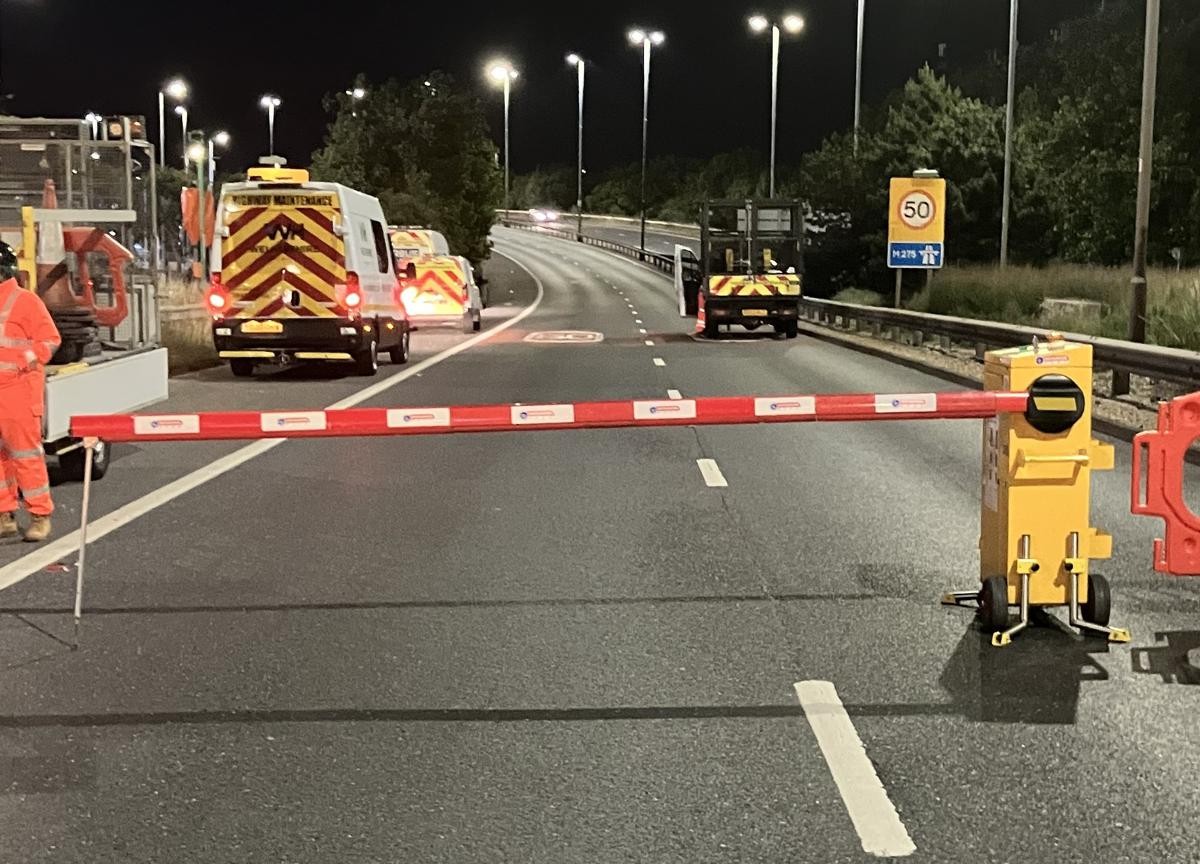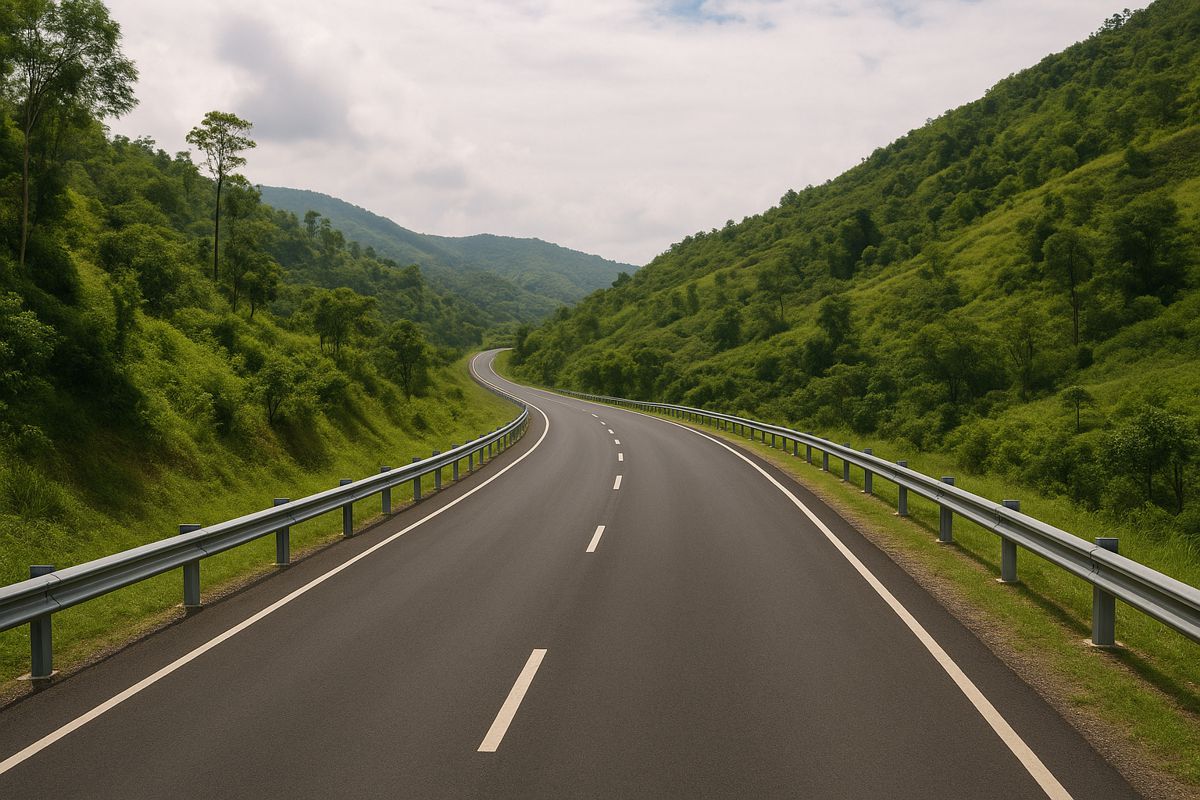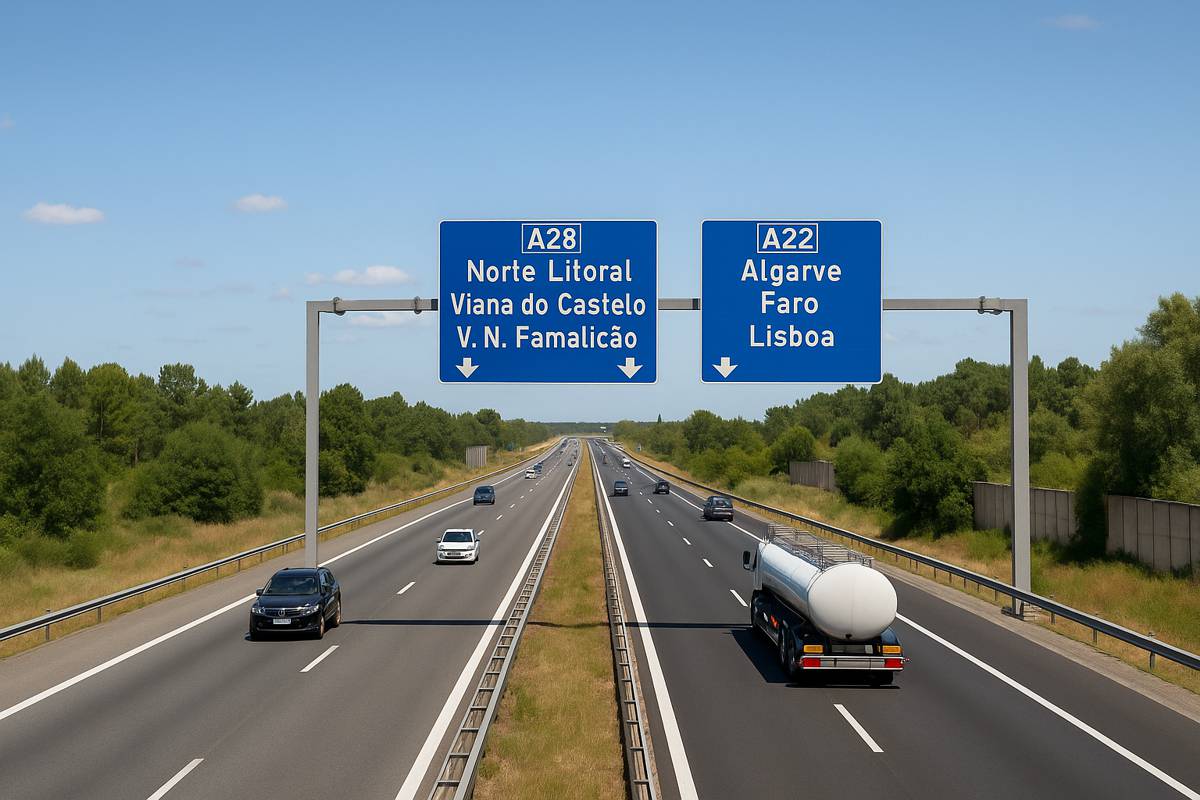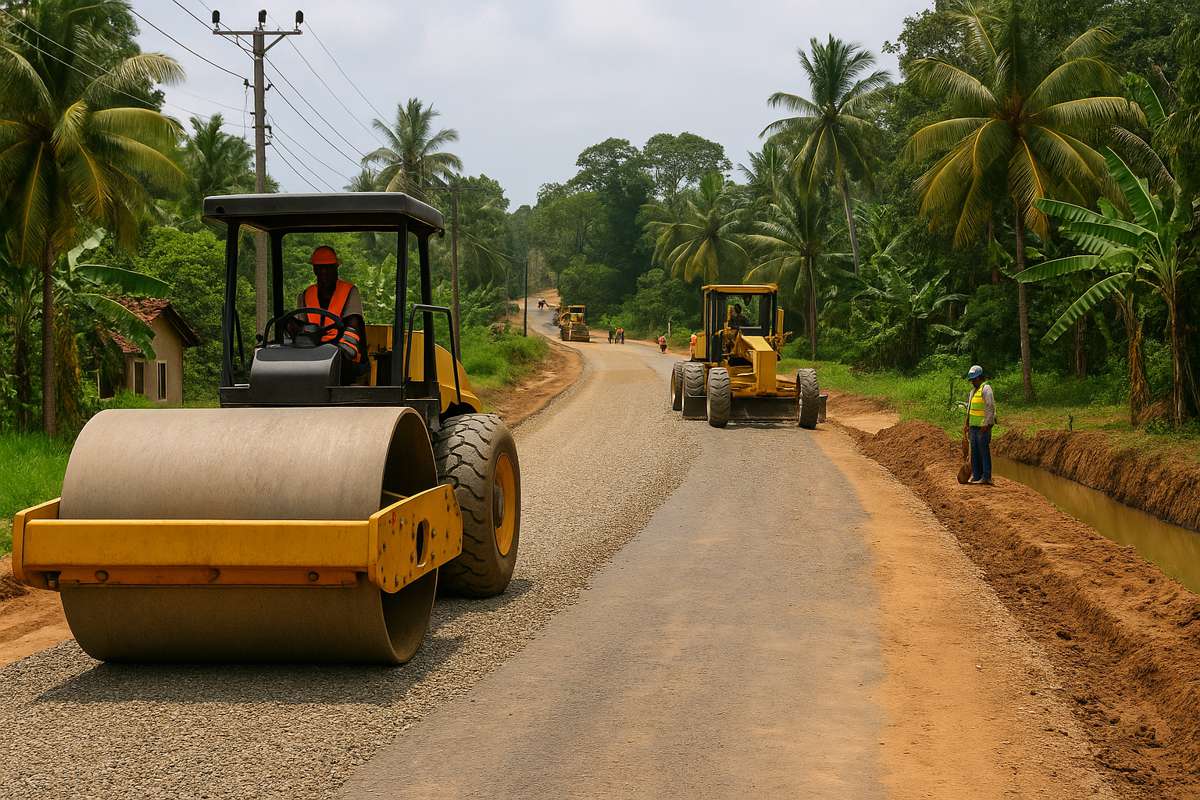AfDB funded Thika Highway continues to impact Kenyan lives five years on
The long-standing partnership between the African Development Bank (AfDB) and the Government of Kenya to promote inclusive and sustainable economic growth has produced excellent results.
One of the most prominent fruits of this partnership is the eight-lane ultra-modern expressway which most Kenyans affectionately refer to as the “Nairobi–Thika Superhighway”.
The project cost approximately US$360 million and was approved by AfDB’s Board in November 2007. The Bank Group provided a financial package through its concessional window, the African Development Fund, comprising of a loan of approximately US $175 million (for civil works and related consultancy services) and a US$5 million (feasibility study and a detailed design of a mass rapid-transit system for the Nairobi Metropolitan area). The Kenyan Government contributed US$80 million. Exim Bank of China contributed the remaining US $100 million. Works started in 2009 and was completed in 2012.
Five years on, Thika Superhighway has emerged as a resilient infrastructure that drives the country’s economic development and fosters regional integration. It fits with two of the Bank’s High5 priorities: Integrate Africa and improve the living conditions of Africans.
The expressway has yielded impressive and visible results. Among others, it has contributed to improvements in accessibility, affordability and reliability of the transport infrastructure system to promote economic growth and socio-economic development in Kenya. It has also contributed to regional integration in the Eastern and Horn of Africa regions.
Commuters enjoy faster, reliable comfortable and more affordable journeys. The time taken to cross Thika town and Nairobi has dropped from 2-3 hours to 30-45 minutes. The huge traffic snarl ups that used to occur along Nairobi-Thika road are no more, freeing up time and fuel consumption savings. The superhighway has now attracted a long list of businesses from supermarkets, car dealerships, hotels and real estate developers.
Described by Kenya’s former president, Mwai Kibaki as ‘the most ambitious infrastructure project in the country’s history’, the eight-lane superhighway stretching from the city of Nairobi all the way to the outskirts of Thika town some fifty kilometers away has deeply impacted the lives of millions of people. “The Nairobi-Thika superhighway is a national pride,” said president Kibaki. It is the first modern highway infrastructure in Kenya’s history, and will enable the country achieve the goal of reaching middle-income status by 2030, he added.
“We are grateful for the AfDB’s support in this very important national project. We see it as an economic priority connecting the East Africa region via national roads and international connections. This project is beneficial for the people, the country, and sustainable economic development,” the President said at the inauguration of the expressway five years ago. These sentiments continue to reverberate among Kenyans who see the highway as an unmistakable landmark in their country’s development journey.
Although the Bank has also implemented other huge investments in Kenya’s energy sector–$634 million–mainly in green projects, including the Menengai geothermal power station as well as the Lake Turkana wind farm, the first of its kind in Africa, among others, the Thika highway has tremendously impacted Kenyans especially with regards to road safety and easing traffic in Nairobi and its environs. The city has also expanded its geographic boundaries to accommodate new inhabitants lured by new business opportunities created by the dual carriage way and related infrastructure.
The 50-km stretch is without doubt a trailblazer in East and Central Africa, with many neighboring countries rushing to replicate it. As a regional corridor it also constitutes an important part of the continental transport corridor projected to link Cape Town in South Africa to Cairo in Egypt. The improvement and upgrading of Nairobi-Thika highway also provides a reliable transport corridor linking Kenya with Ethiopia via Moyale to the north and Tanzania via Namanga to the south.
“We see the need for infrastructure development in the country as one of the key priorities for AfDB work in Kenya. Well-developed and modern transport connections will strengthen regional links and improve the access of remote areas to larger markets. In addition, the improved design of the Thika road extension will result in a significant increase in road safety,” AfDB Director General for East Africa Region, Gabriel Negatu explained.
The UN’s recently approved 2030 Agenda for Sustainable Development has underscored the need for building safe and inclusive roads in order to improve people’s living conditions and promoting integration. Kenyans believe that the Thika super highway adequately fulfils this goal.
Following completion of the works and the launch of the expressway, people living along it have witnessed the occurrence of a huge transformation of the landscape. Businesses are thriving and road-users are reaping the benefits of the ultra-modern superhighway.
James, Managing Director-A plus Motors Limited, is now gaining new clients. “Traffic movement on this road used to be crazy. But now the superhighway has opened up areas like Kiambu and beyond Thika. We are now receiving an average of 20-30 clients walking through our doors on a good day, either to inquire about our products or to make a purchase,” said James Mwangi Muturi.
“Compared to the traffic flow along Mombasa road, Waiyaki Way, Ngong or Jogoo road, Nairobi-Thika road has a comparative advantage given its size and number of lanes, enabling easier and faster movement of traffic. Previously, clients were put off by the traffic on this road when we told them that we are located along Thika road. But all that has changed now,” said Mwangi. “I can now have dinner with my kids!”
Norah Gesare, who runs a drug store together with her husband in Kasarani, can now enjoy family life thanks to the road. “I have been able to expand my business to include mobile cash transfer services, selling of airtime besides running the drug store. This is because of a considerable increase in traffic. I am also able to close the business late and reach home in good time to help my kids with their homework,” said Gesare, 30. The mother of 4 says when she is out of stock it only takes her between 20 and 30 minutes to restock her pharmacy due to the ease of movement to and from Nairobi along the highway. “The road has changed my life,” she added with a smile.
“We used to miss lectures when stuck in the traffic. But now the situation has changed. Some students are even able to live outside campus and still commute comfortably to attend lectures,” said Emily Kimathi Mukiri, a 21-year-old third year Bachelor of Education student at Kenyatta University. “You can imagine how impactful the Highway has been on the national economy. It has helped Kenya to attract venture capital into the retail sector of the economy. We currently have two new shopping malls along the Highway: the Thika Road Mall and the Garden City. These are high capacity shopping centres.”
Kennedy Abwao, a Kenyan journalist based in Nairobi, said: “Prior to the Highway, we had one Nakumatt supermarket. Now we have banks moving branches and we have more hours for business. We have coffee shops, meaning that business has partly diversified from the Central Business District. In other words, it’s like opening the third engine of an aircraft. Another sign of transformation is that landlords would tell you they are having a good time because property rates are hitting the roof in the area.”




















